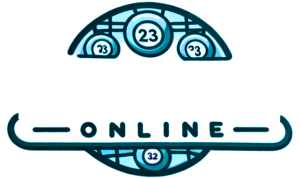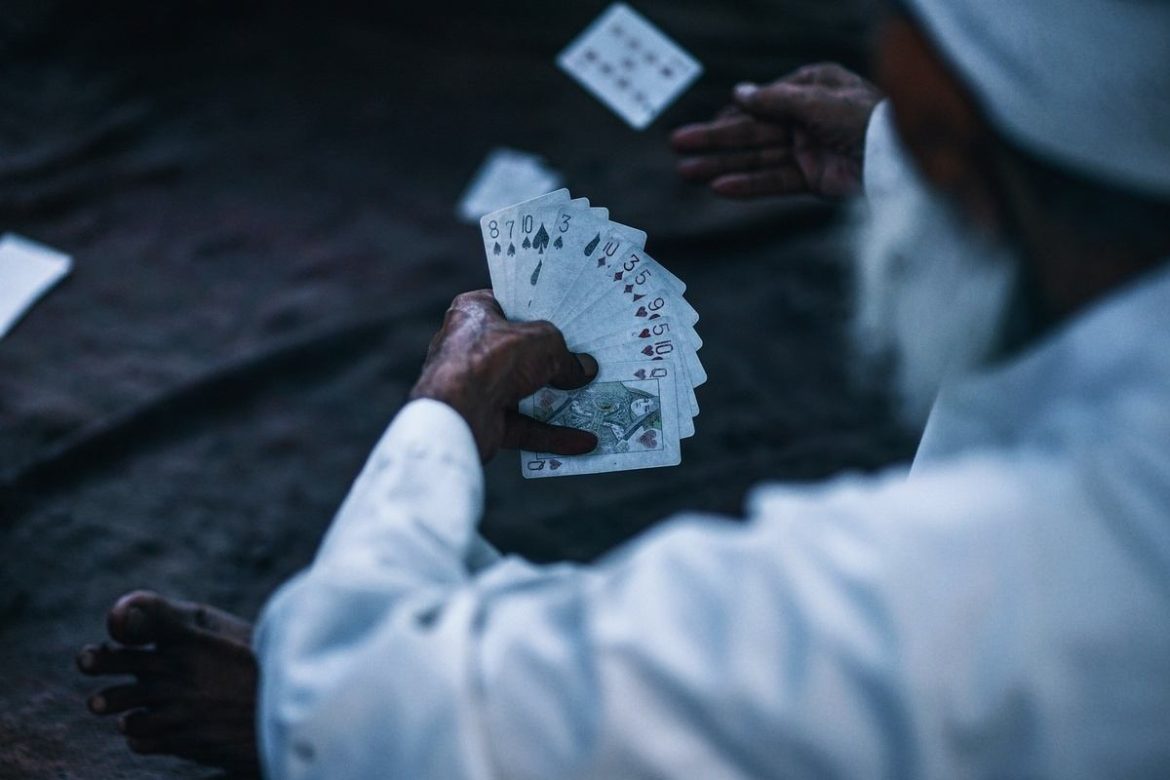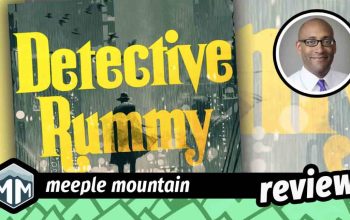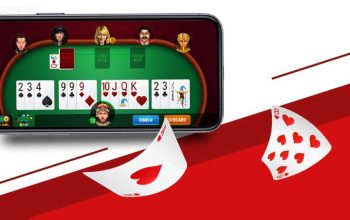Let’s be honest. You’ve probably stared at a handful of rummy cards, your mind racing, feeling that peculiar mix of excitement and sheer panic. Do you pick up that risky card from the discard pile? Do you hold onto that high-value Queen, hoping for a miracle, or do you toss it before it sinks you?
That internal monologue? That’s not just you playing a card game. That’s a full-blown psychological battlefield. Rummy, you see, is a brilliant, beautiful disguise for a complex exercise in human decision-making. It’s a dance between logic, intuition, and our own messy, fascinating cognitive biases.
Your Brain on Rummy: The Cognitive Load
Every turn in rummy forces you to juggle multiple streams of information. You’re tracking your own sequences, calculating probabilities for the cards you need, and making educated guesses about what your opponents are holding—all while trying to remember what’s been discarded. It’s mental gymnastics.
This is what psychologists call cognitive load. Your working memory has a limited capacity, and rummy pushes it to the brink. The best players aren’t necessarily the smartest in the room; they’re the ones who have developed mental shortcuts and systems to manage this load efficiently. They don’t try to remember every single card. They focus on patterns, on high-value discards, and on the “tells” in their opponents’ play.
The Anchoring Effect: That First Hand is a Trap
Here’s a common psychological snag. You get your initial 13 cards and immediately form a plan. “Right, I’m going for a pure sequence with these hearts.” This initial plan becomes an anchor. It’s a cognitive bias where we rely too heavily on the first piece of information we receive.
The problem? The game is fluid. New cards are picked, the discard pile changes, and your opponents disrupt your strategy. But that anchor… it holds you down. You might cling to a hopeless plan for far too long, ignoring better, emerging opportunities because you’re mentally committed to your initial assessment. The key to advanced rummy strategy is to hold your plans lightly—be ready to pivot at a moment’s notice.
Risk and Reward: The Thrill of the Discard Pile
This is where the heart of the game really lies. Picking from the closed deck is safe, anonymous. But the discard pile? That’s a public declaration. It’s a high-risk, high-reward move that reveals your intentions to everyone at the table.
Our natural loss aversion—the psychological principle that we feel the pain of a loss more acutely than the pleasure of an equivalent gain—kicks in hard here. The fear of giving away a crucial card to an opponent can be paralyzing. It can cause you to miss a game-winning move because you’re too focused on not losing.
Conversely, sometimes we get seduced by the potential reward. We see that perfect card and go for it, ignoring the blatant signal we’re sending. It’s a gamble, a tiny shot of dopamine that can either make or break the entire game. Mastering this balance is less about probability calculation and more about understanding your own tolerance for risk in the moment.
Reading the Room: The Social Psychology of Bluffing
Rummy isn’t played in a vacuum. You’re interacting with other human beings, each with their own tells and tendencies. This is where the game becomes truly psychological.
Ever discarded a card you thought was safe, only to have the next player immediately pounce on it? You’ve just fallen for a bluff. A savvy player might hold off on picking a card they need for a turn or two, lulling you into a false sense of security about what’s “safe” to throw.
You start to build mental models of your opponents. Is Player A aggressive, always going for the discard pile? Is Player B cautious, only picking from the closed deck? This theory of mind—the ability to attribute mental states to others—is what separates good players from great ones. You’re not just playing your cards; you’re playing the people.
The Emotional Rollercoaster: Tilt and Triumph
Let’s talk about emotion. It’s the elephant in the room. A few bad hands, a crucial card picked by your rival just before you could get it… it’s frustrating. This frustration can lead to “tilt,” a poker term for a state of emotional frustration that leads to poor decision-making.
On tilt, you might start playing recklessly, making impulsive picks and discards just to “make something happen.” Or you might become overly passive, folding mentally long before the game is actually over. Recognizing this in yourself—and in your opponents—is a critical skill. The player who can maintain emotional equilibrium, who can take a bad beat in stride and recalibrate, has a profound psychological advantage.
Practical Tips to Upgrade Your Mental Game
So, how do you apply all this? It’s not about becoming a robot. It’s about becoming more aware.
- Question Your First Instinct. When you look at your initial hand, acknowledge your plan, but consciously ask yourself after a few turns: “Is this still the best path? What has changed?”
- Embrace the Calculated Risk. Don’t let loss aversion dictate your entire game. Sometimes, you have to risk giving a card away to win. Weigh the potential payoff against the intel you’re giving up.
- Watch, Don’t Just Play. Spend as much time analyzing your opponents’ discards and pauses as you do planning your own moves. Look for patterns. Are they collecting a certain suit? Did they hesitate before discarding that Jack?
- Breathe Through the Tilt. Feel yourself getting frustrated? Acknowledge it. Take a deep breath before your next move. Make your next decision a deliberate one, not a reactive one. This simple pause can reset your cognitive process.
In the end, rummy is a mirror. It reflects back our own decision-making habits, our relationship with risk, and our ability to manage emotion under pressure. The next time you sit down to play, remember—you’re not just arranging cards into sequences. You’re navigating the intricate, unpredictable, and utterly human landscape of your own mind. And honestly, that’s the real game.




